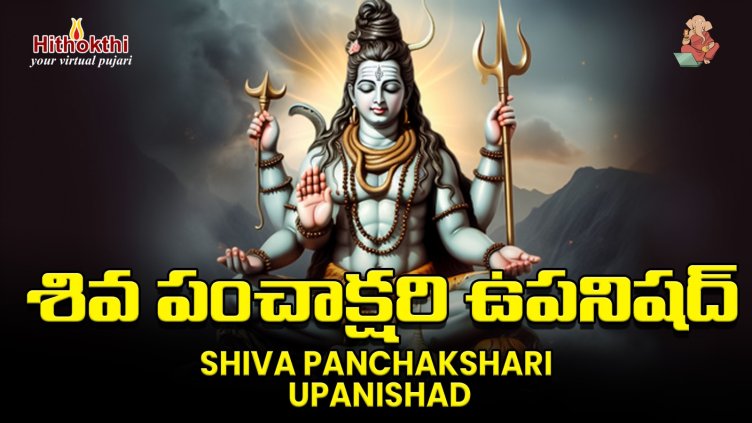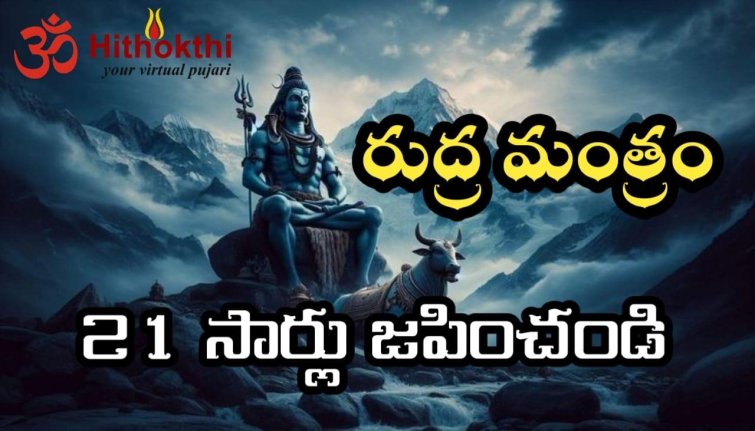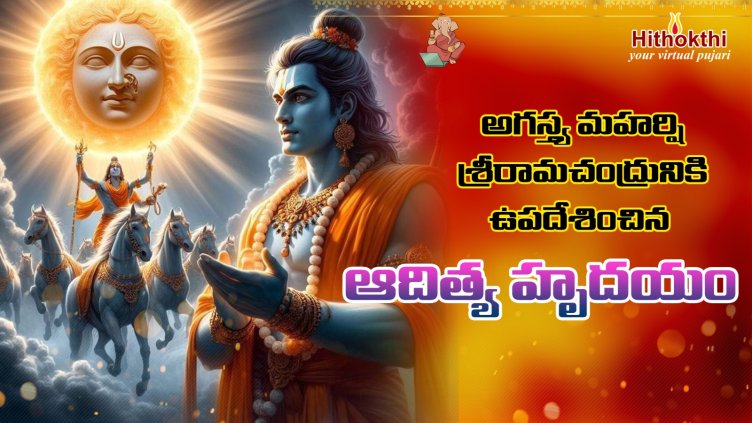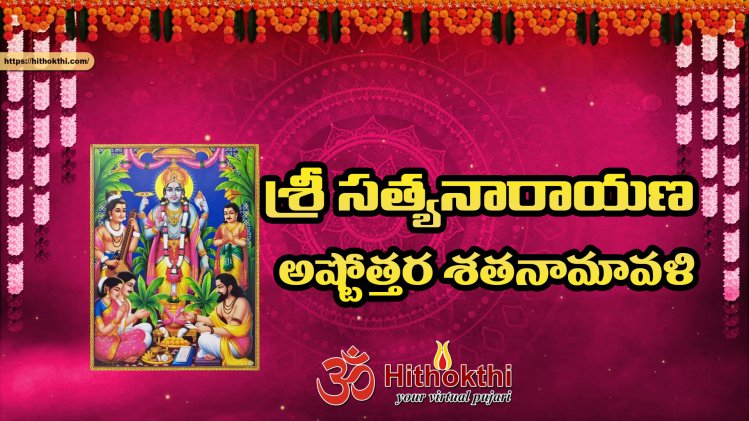A Classic Musical Night of Navarathri

Thiruvananthapuram, October 9, 2013: A meditative silence permeates Navarathri Mandapam, though just outside in the Fort area a cacophony of horns, shouts of hawkers and a zillion other sounds jar on the ear.
So deep is the stillness inside that even the hiss of incense fumes is audible. The connoisseurs wait with rapt attention for the initial strains of a Swathi Tirunal krithi.
For the nine nights of Navarathri, the mandapam transforms into a sacred space for an intense conversation between artistes and rasikas. No claps, no standing ovations, no mobile photographs and no roving television cameras.
Even the mike is meant primarily for the radio recordings and for the speakers set outside for the crowd that gathers on the steps of Sree Padmanabhaswamy Temple.
Inside the mandapam, in the faint flickering light of the oil lamps, the crowd sits close to the artiste and the accompaniments. It is unalloyed music, unmediated by speakers. Earthen pots of varying sizes, kept at different angles, double up as amplifiers and reflectors.
Rich history
“The Navarathri festival acquired its current form almost 180 years ago. Before that, Padmanabhapuram Palace was the venue. Only Swathi Tirunal Krithis are sung, in the specific order set by him. It was during the rule of Amma Maharani (Chithira Tirunal’s mother), who had a deep knowledge of, and passion for, Carnatic music, that it attained perfection.
She was an expert in spotting talent and giving them a chance at the Navarathri stage. A legend like T.N. Krishnan performed at the mandapam when he was 10 years old,” says Ashwathi Thirunal Rama Varma, a famed Carnatic vocalist himself and the main organiser of the festival since the early 2000s.
Welcome change
The mandapam remained out of bounds for women, both as performers and listeners, till about eight years ago until a welcome change was brought in by the new generation of organisers. The timings and attire are still adhered to strictly, with entry and exit timed before 6 p.m. and after 8.30 p.m. respectively.
For Carnatic aficionados, some of these rules add to the uniqueness of the mandapam.
There are those like Ashok Kumar, a medical scientist settled in New York, who religiously visit the city annually just for the Navarathri experience.
“I have been attending the Navarathri concerts with my family for the past 14 years. As a youngster, I used to listen to its live telecast on All India Radio. It is unlike any other concert experience because here you are sitting close to the artiste in an old-world setting. The minimalistic acoustic system adds to the charm,” says Mr. Ashok Kumar.
All through the nine nights, the eastern steps of the Padmanabhaswamy temple are occupied by an attentive crowd, including people who reached late and those who came in the wrong clothes.
“I would have liked to sit inside and listen. But I need to get back home early. So I can sit here only,” says 16-year old Abhay, a music student who was seen on the steps listening to Parassala Ponnammal’s kutcheri on Sunday.
Over the years, the charm of the concerts has spread beyond the mandapam. A number of big and small temples, within and outside the city, have started staging their own nine-night-long music festivals.
New platforms
While only A-grade artistes can dream of performing at the mandapam, these new venues provide platforms for professionals and amateurs and budding talents.
“The kutcheris at the smaller temples have certainly helped the smaller artists to flourish. But we also have big names performing in these venues, though the media highlights only the bigger festivals,” says S.K. Swami, secretary of the Sreekandeswaram Durga Devi Temple Trust, which has been organising Navarathri concerts for the past 14 years.
Achuth Shankar, Director of the Centre for Bioinformatics of the University if Kerala and vocalist, who has been performing at one of these venues for the past four years, agrees with this view.
The trend has given the season a flavour akin to Chennai’s six-week Margazhi music festival. Mr. Rama Varma feels that this is part of the move towards ‘big numbers’ in every field.
“Even the number of sabhas organising concerts during the Margazhi festival has increased from five to some 600 now,” he says.
B. Sasikumar, Carnatic violinist who has accompanied all the legends of the genre, says such an increase in numbers has its flipside too.
“After the spread of the Navarathri concerts, the kutcheris during the annual temple festivals have come down in number. It is all crammed into this nine-day window. So, everybody is engaged during this time and after that there is nothing. But at the same time, many young artistes are getting a chance and the remunerations have also improved,” says Mr. Sasikumar.
For fans
And unlike a temple festival which brings in a variety crowd, these nine-night kutcheris have only the diehard music fans coming in.
The smaller festivals do not have the strict rules that make the mandapam a unique experience. In a way, they are similar to the intimate concerts that is said to have taken place in a city lodge during Navarathri in the early 1950s.
“My guru has told me about the informal concerts that used to happen in a lodge named Anantha. All the artists who perform at the mandapam used to sing here on the day after, in an informal setting. There is no information on the lodge’s exact location but I consider not attending those concerts as one of the biggest losses of my life,” Mr. Rama Varma says.
Source: The Hindu, October 9, 2013







